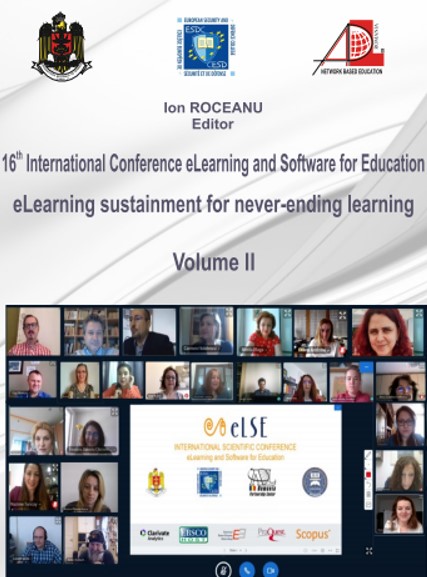THE USE OF ARTIFICIAL INTELLIGENCE TECHNOLOGIES TO IMPLEMENT A MULTI-FACTOR ANALYSIS OF A STUDENT'S ACTIONS DURING AN EXAM
THE USE OF ARTIFICIAL INTELLIGENCE TECHNOLOGIES TO IMPLEMENT A MULTI-FACTOR ANALYSIS OF A STUDENT'S ACTIONS DURING AN EXAM
Author(s): Andrey A. Ponomarev, Andrey PROLETARSKIY, Oleg SEREBRENNIKOV, Gleb GUGLYA, Oleg KorotkevichSubject(s): Educational Psychology, Behaviorism, ICT Information and Communications Technologies
Published by: Carol I National Defence University Publishing House
Keywords: artificial intelligence; face recognition; voice recognition; eye gazement estimation; behavior analysis;
Summary/Abstract: Conducting an exam after the course is always a very complicated process, the main problem of which is the credibility of the student's knowledge evaluation. In this article, we will discuss the problem that affects the assessment most critically - cheating. The elimination of this factor will help to increase the quality of knowledge evaluation, and later the quality of the curriculum itself. It is difficult for one teacher to maintain the procedure of examination during special verification activities. The more students taking the exam at the same time, the more difficult it is to control the process. In this article I would like to propose the idea of automating the process of controlling students during the exam using personal computers equipped with a camera and a microphone. This idea implies an increase in the quality of objective evaluation of students' actual knowledge using clear criteria inherent in this technology. In addition, such an approach eliminates disciplinary deviations from the training programs, appearing in the form of subjective attitude of the teaching staff to the exam and directly to the students. The control will be carried out with the help of a complex software system with the use of the following technologies: an artificial intelligence module for the user's face recognition and also the direction of his attention based on eye gazement estimation technology; verification of the identity with the personal card of the student, with the help of a database system and a computing subprogram; voice recognition and the subsequent transformation of the voice into text, with accompanying analysis. Recognition of the direction of the gaze lets us allocate the "safe" and "dangerous" areas of attention around the student. Also, the article highlights the main criteria by which students can be suspected of cheating, such as the presence of people in the frame, the presence of unauthorized voices, distraction from the testing window, and other "suspicious" behavior. In addition, the Article will be presented the primary requirements to the technical provision of classrooms and personal workplaces for the exam.
Journal: Conference proceedings of »eLearning and Software for Education« (eLSE)
- Issue Year: 16/2020
- Issue No: 02
- Page Range: 442-447
- Page Count: 6
- Language: English

